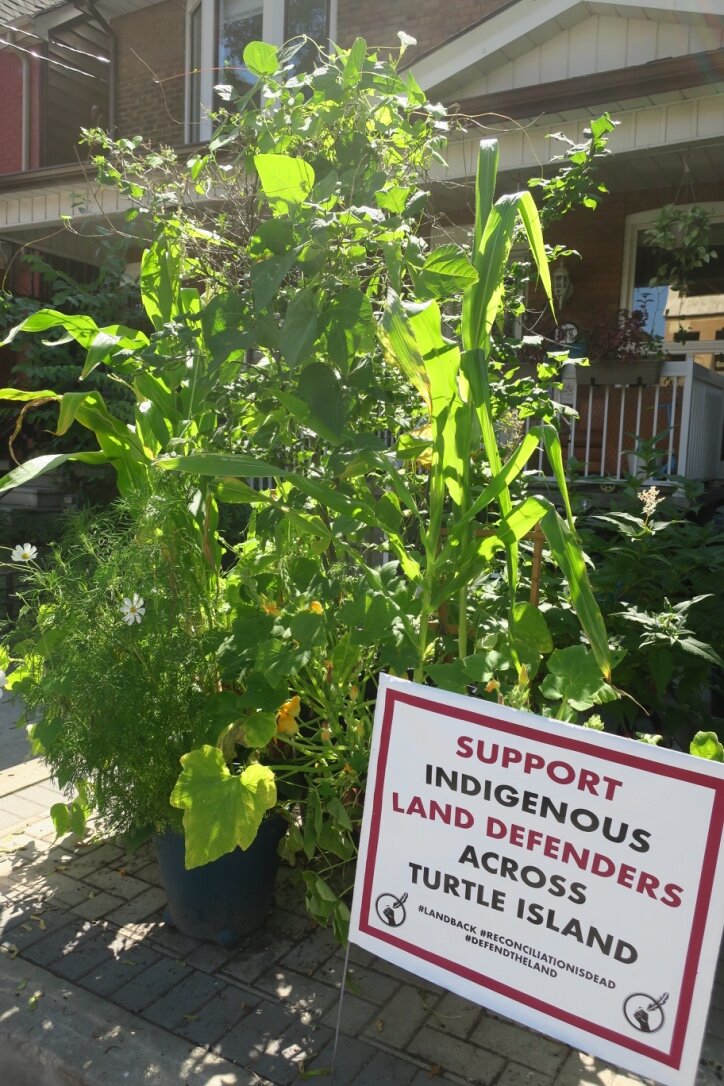I’d vaguely known about this plant (I love all the fumitories) but had never grown it until this year, when Jonas Spring (aka Ecoman) gave me a seedling and suggested I plant it in a gravelly, poor-soil spot. I had just the place—a small sunny corner beside the wild blue lupine (Lupinus perennis). (I read later that rock harlequin grows in Midwestern oak savannas, too.)
I immediately fell for its lacy foliage, but it’s the delicate, tubular, bi-coloured flowers that really captured my heart: peachy pink and yellow.
My love for this little charmer grew even stronger when I was surprised by a little patch of it during a canoe trip at Point Grondine Park. There it was, blooming on some rocks at our campsite, and I felt such a deep connection between our temporary living quarters on the granite Shield and out little patch of garden at home.








